The pursuit of excellence:Machining quality controland industry development trends
guide (e.g. book or other printed material)
In an increasingly competitive market, “machining” quality is the lifeline of enterprises. This article focuses on the “machining” of the total quality management system, process optimisation, and look forward to the policy and technology under the dual-wheel drive, the machining industry towards intelligent, high-precision future scenarios.
Building a comprehensive machining quality management system
Consistent processing quality is the key to winning the market. A sound quality management system should cover multiple levels:
Intelligent process monitoring: Using sensor technology, real-time monitoring of cutting force, vibration, current and other signals can determine the state of tool wear and achieve predictive maintenance to avoid batch quality accidents. The machine vision-based system can also automatically detect and classify tool wear.
Perfect inspection process: Quality inspection needs to be carried out throughout the production process. This includes:
Appearance control: Specific surface quality standards for different materials (e.g. stainless steel, aluminium alloys).
Size and tolerance check: Comprehensive use of vernier calipers, micrometers, coordinate measuring machines and other tools, strict control of size tolerances, fit tolerances and positional tolerances.
Key process control: After roughing, before finishing and after the completion of important processes, inspection points should be set up to detect and reject non-conforming products in time.
Scientific development of processing routes![图片[1]-Machining Quality Control and Industry Trends (Building a Comprehensive Machining Quality Management System)-Dalian Fuhong Machinery Co., Ltd](https://endlfh.com/wp-content/uploads/2025/10/QQ20251002-201517.png)
Reasonable process route is a prerequisite to ensure quality and efficiency. Its formulation requires comprehensive consideration of various factors:
Division of machining stages: For demanding major machining surfaces, the entire process is often divided into several stages:
Roughing stage: The goal is to efficiently remove most of the machining allowance.
Semi-finishing stage: Continuing to reduce machining allowances in preparation for finishing, and completing some secondary surfaces.
Finishing stage: to ensure that the part finally meets the machining accuracy and surface roughness required by the drawing-2.
Dividing the processing stage is conducive to ensuring the quality of processing, the rational use of equipment (such as finishing using high-precision machine tools), to facilitate the arrangement of heat treatment processes, and can be found in a timely manner blank defects -2.
Arrangement of heat treatment process: Heat treatment is critical to the performance of metallic materials and its arrangement needs to be carefully designed:
Preparatory heat treatment: such as annealing, normalising, usually arranged before rough machining to improve the cutting properties of the material and eliminate internal stresses.
Final heat treatment: e.g. hardening, generally arranged after semi-finishing and before finishing, is intended to give the part a high degree of hardness and wear resistance-2.
Industry Development Trends and Policy Leadership
Current.Machining industryDriven by both policy and market, it is developing in the direction of smarter, more sophisticated and more efficient.
Policy support and standard leadership: In recent years, the national level issued by the machinery industry stable growth programme and other policies, emphasizing the strengthening of industrial mother machine, basic parts and components, and other technical standards of the preparation and revision of the work-2, for the industry’s high-quality development to point out the direction. This signals higher requirements for the technical strength and product quality of machining enterprises.
Deep integration of intelligence and automation: As mentioned earlier, the application of CNC technology and automated production lines will continue to deepen, and further integrate with artificial intelligence, industrial Internet and other technologies to achieve adaptive processing and lean production.
The ultimate pursuit of high precision and efficiency: As market competition intensifies and product performance improves, companies are in a never-ending quest for higher machining precision, lower production costs and shorter lead times. This has led to the emergence of new machining technologies, tool materials and optimisation methods.
Meeting the Challenge: The Path to Increased Profitability and Competitiveness
In the face of fierce market competition, the profit margins of pure contract processing are getting narrower and narrower. Machining companies need to find unique value growth points to achieve sustainable development.6 Possible paths include:
Focus on process innovation and features: Tap the potential from within the production chain to reduce costs by developing leading-edge machining processes, optimising work processes, saving resources, or using small machines for large tasks – 6.
Promoting product upgrading and differentiation: actively upgrading existing products and developing unique products and processes to avoid falling into low-level homogeneous competition, thus obtaining larger profit margins-6.
Embracing high value-added areas: Entering aggressively into processing areas that require imported high-precision equipment with high technological thresholds. These areas usually have less competition and higher demands on product quality, delivery time and capacity, which can bring more lucrative returns-6.

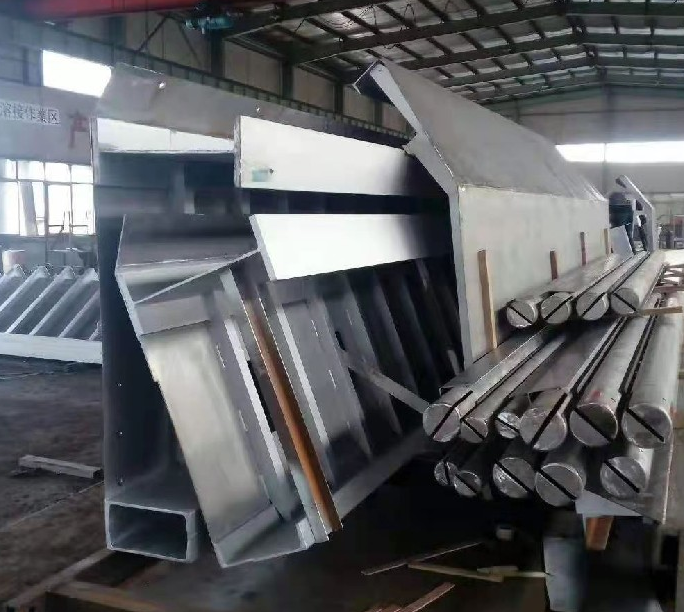


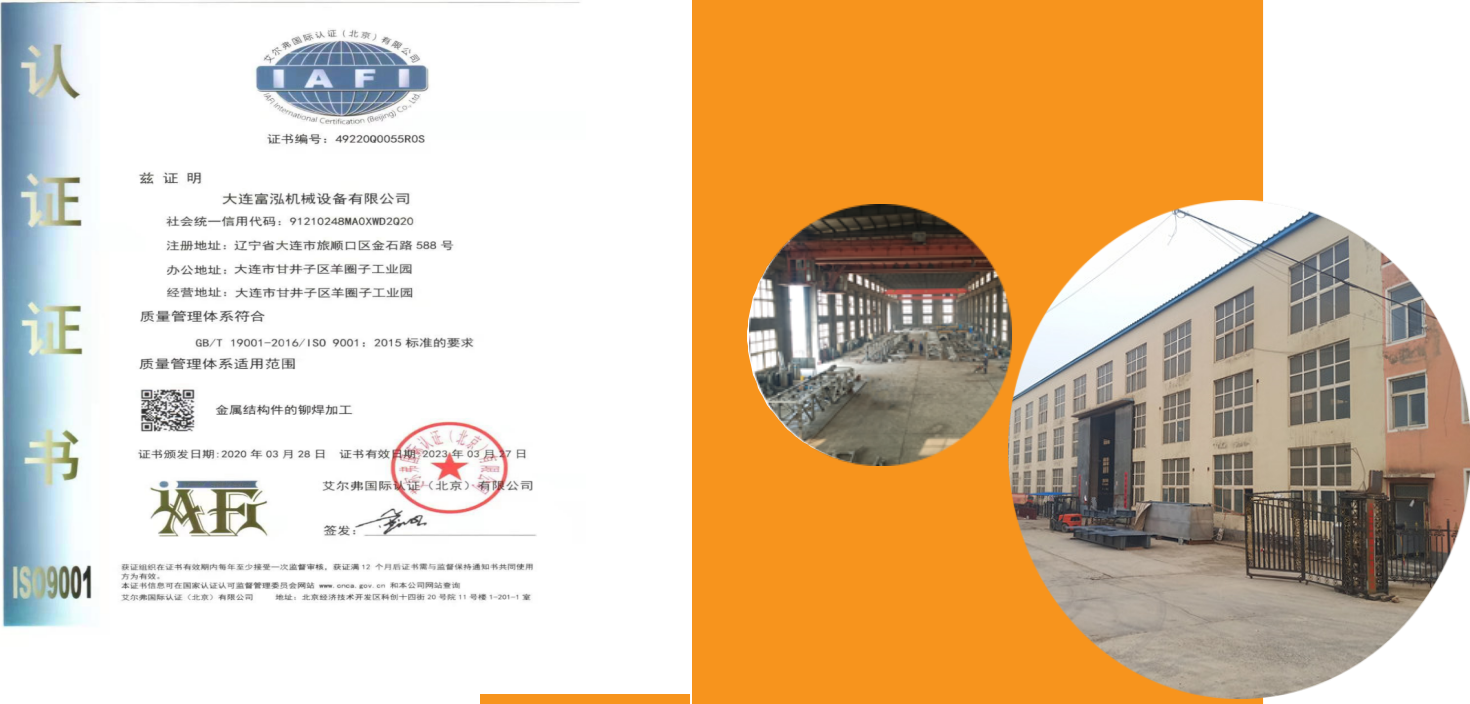
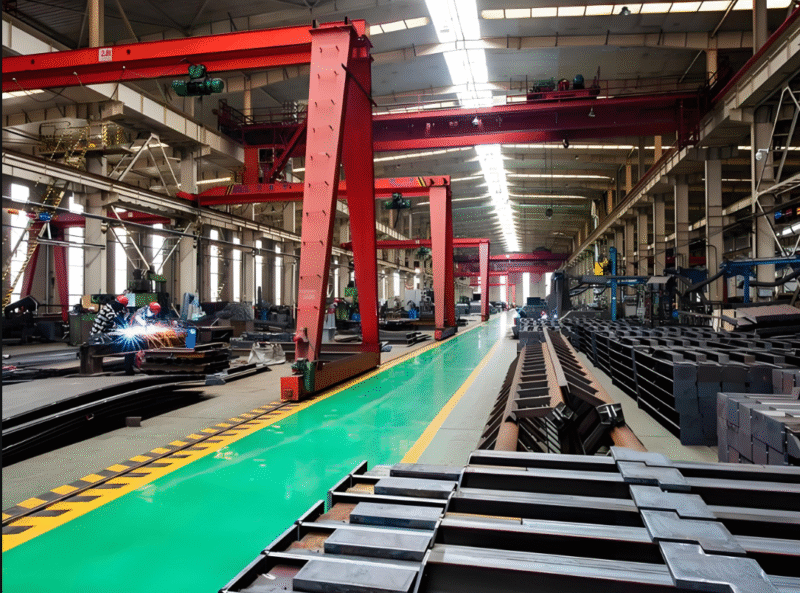

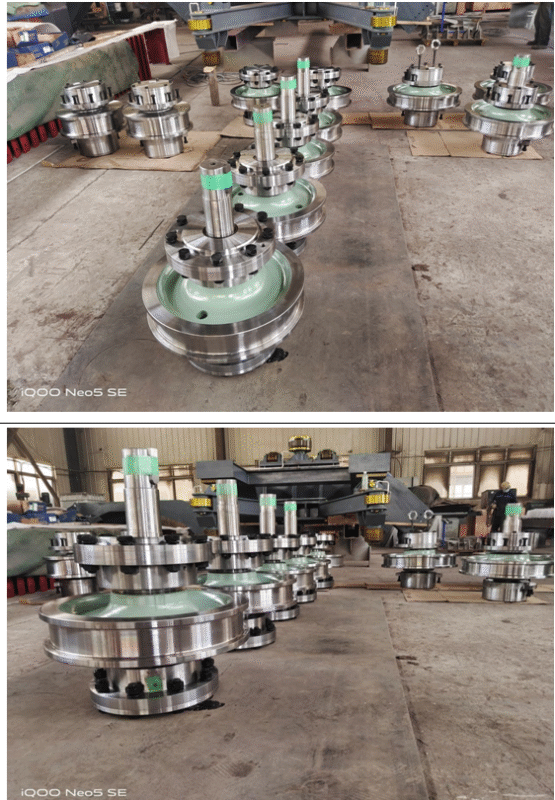
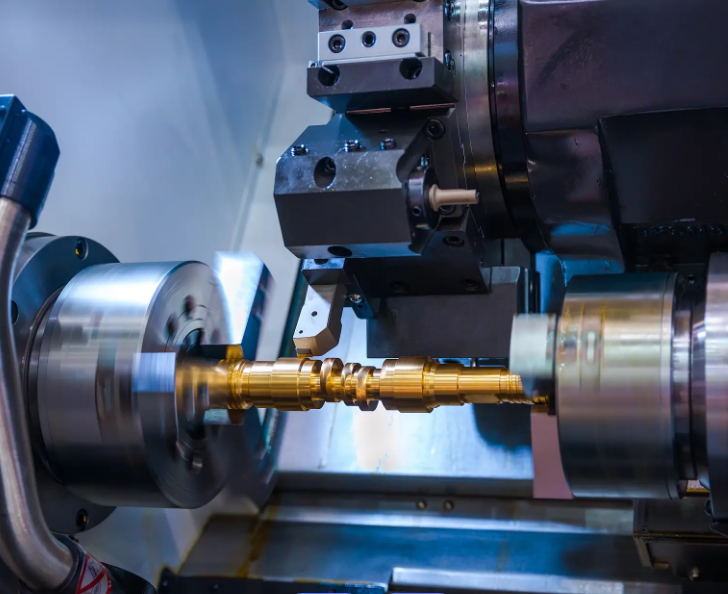
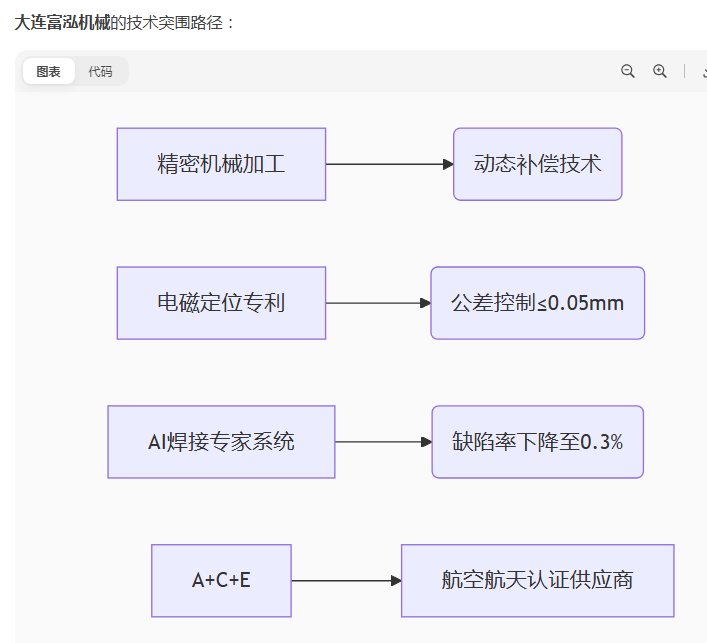
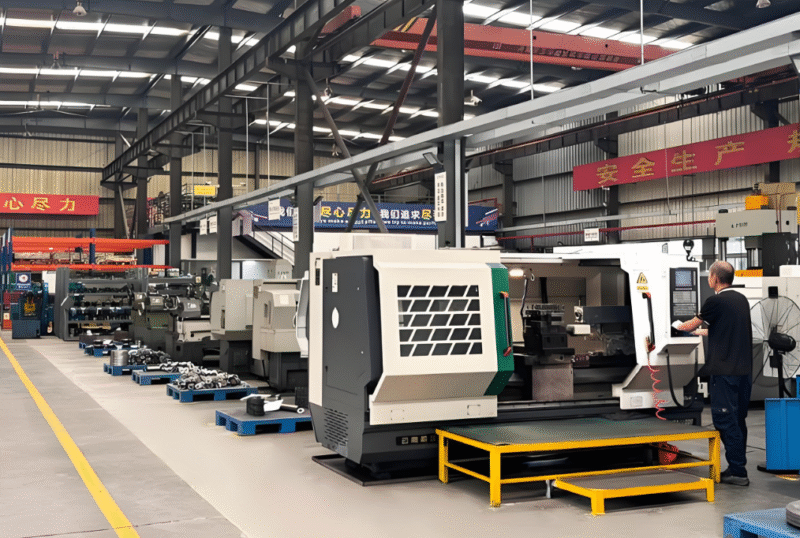
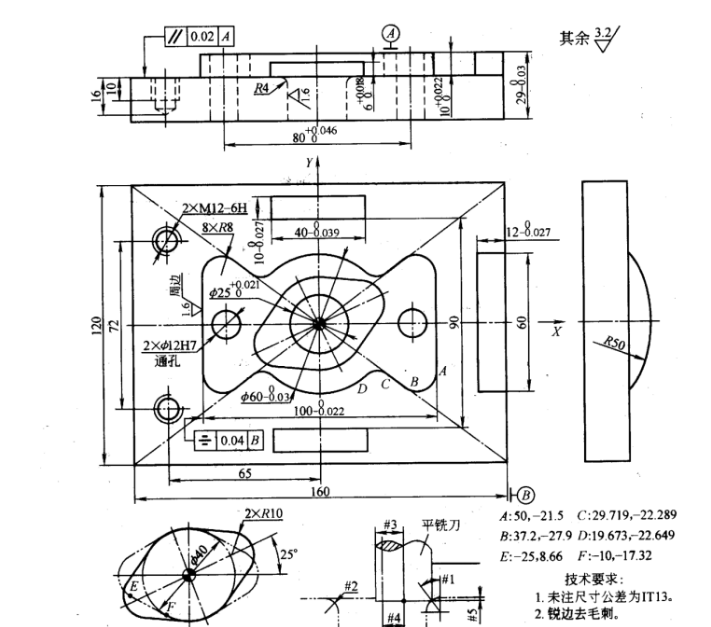
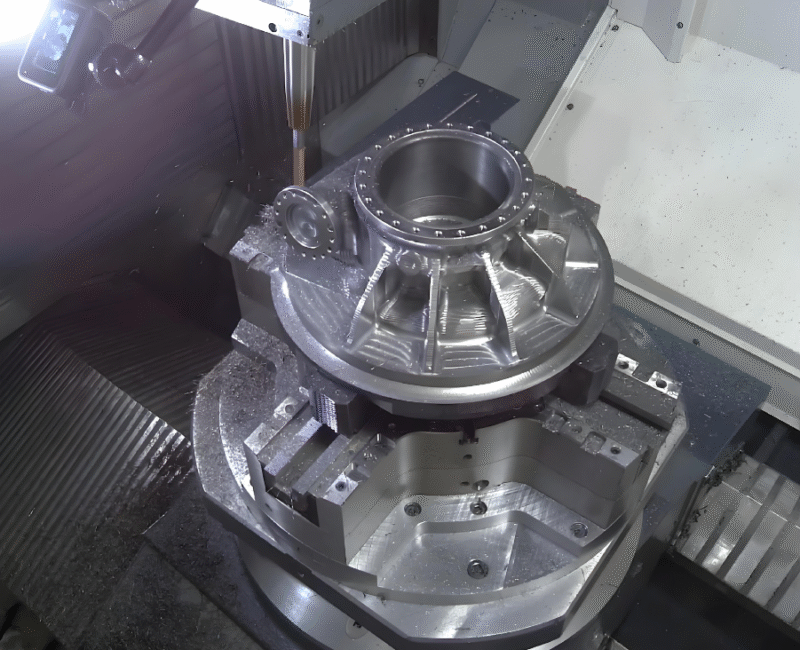

暂无评论内容